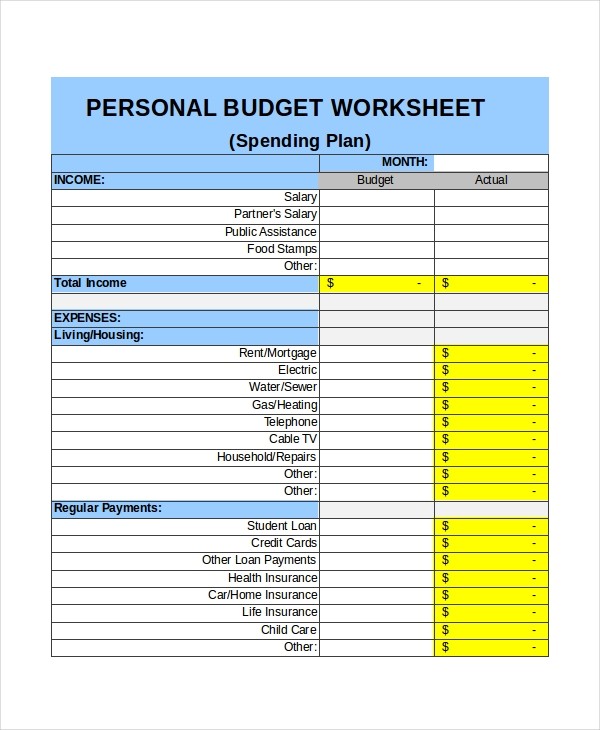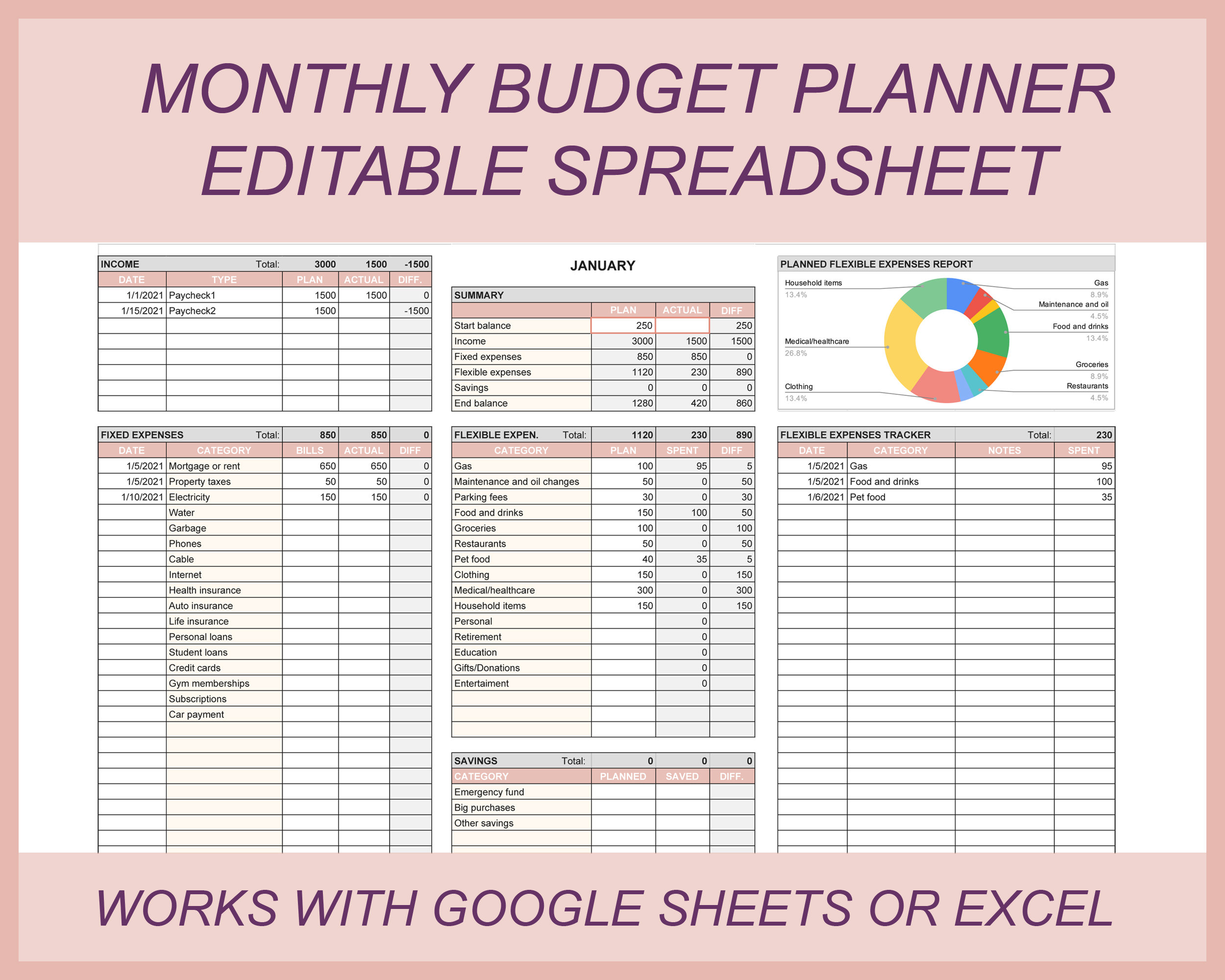

Passive income (such as royalties from books that you’ve written) Income from your investments (such as dividends from shares) Income from side businesses or additional jobs Salaries and wages you get regularly and reliably from working Some examples of income - money flowing in - are:
#HOUSEHOLD BUDGET FREE#
As there is no right and wrong in setting up such a list, feel free to adapt it to your own needs. There are also lots of free spreadsheets available online which you can adjust to your budget needs. The best way to get started is to sit down and to give yourself some time to think about all the ways you are generating income and all the things that cost you money - these are your expenses, or in other words, your assets being used up as liabilities. This is a great way of monitoring where you spend your money. Sit down and take the time to draw up a personal budget for yourself and your household. You only need a few things to start setting up and planning a budget for your individual household. Like you learned in lesson 1 of the Personal Finance section of the Bitpanda Academy, finances are one of the major causes of stress for many adults - creating a household budget and sticking to this plan may ease a lot of the anxiety that money may be causing you. Why should I be planning the finances in my household using a budget? By doing so you will also be able to figure out how much money you can potentially save and invest. This is a convenient and easy way of monitoring where you spend your money, to see where your income goes and which expenses you have. For instance, did you know that governments of nations set up national budgets structuring their spending? Just like companies that need to plan to manage their financial performance, it is important to take some time to draw up a personal budget for yourself and your household. You can also print your data.Even if you have never heard of a household budget or even a budget before, money management plans are used much more commonly than you may think. The ability to backup and export to CSV- and PDF-formats allows you to save your data securely. In order to simplify data collection the program supports an import function, which allows data importing from other programs. In the diagram you can view your balance in certain months, and compare them. Your data can be also sorted by category, accounts, regular payments or unnecessary payments. All the data will be displayed in the detailed monthly and annual reports according to your wishes. These expenses will be also clearly reflected in the balance.

With this function it is possible easily and quickly to note the costs that you would like to avoid in the future. Also, regular payments can be added to the monthly or yearly intervals.Īnother important function of the program is "unnecessary payment". So, for example, household expenses, food, parking tickets, insurance and much more will be clearly displayed in the program. The program includes different filters that allow you to view your financial situation in detail. For a better overview, all entries are also divided into categories. Thanks to various accounts function, it is possible to divide payments and receipts in cash or card. Finally, you can clearly see your expenses and optimize them.Īll income and expenses of your daily life can be added to the program. The program gives you an opportunity to maintain a record of your personal finance.


 0 kommentar(er)
0 kommentar(er)
